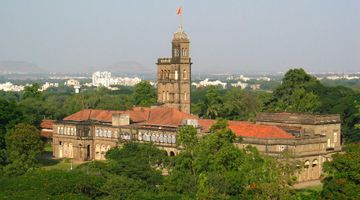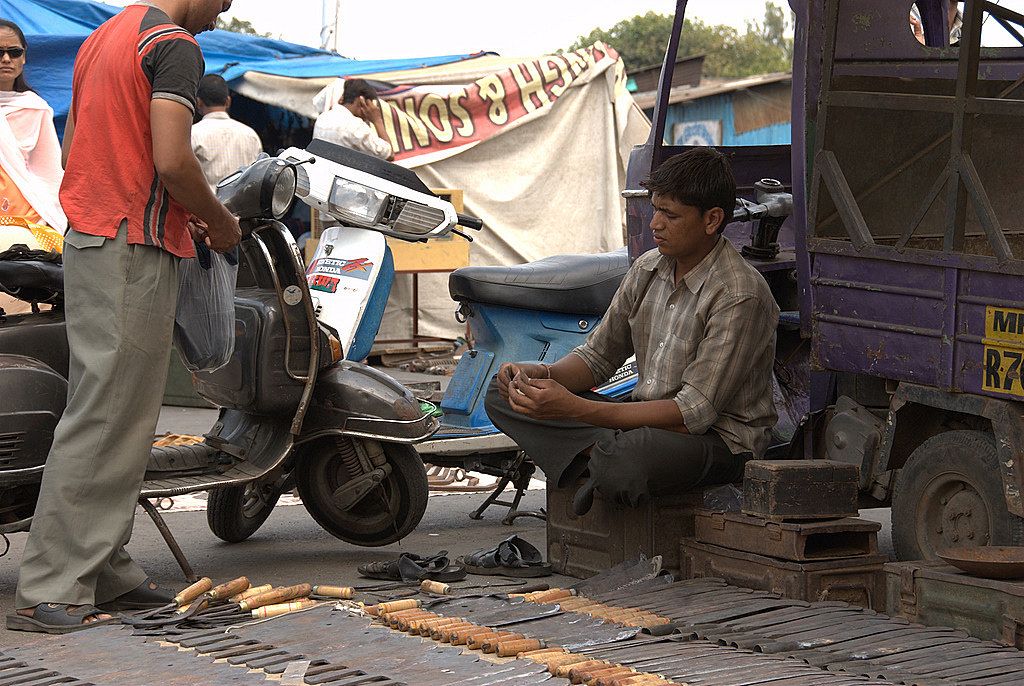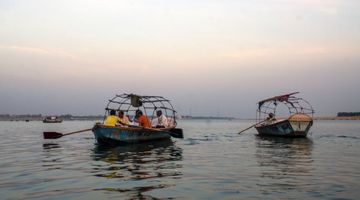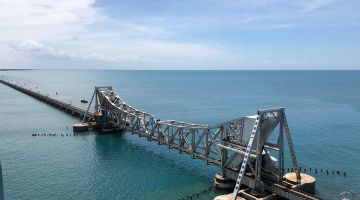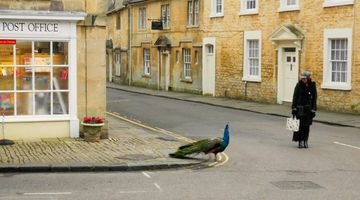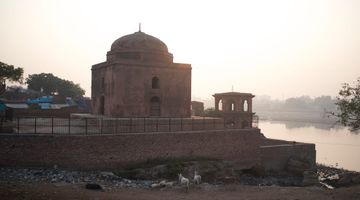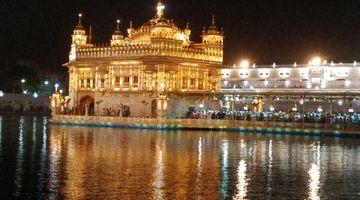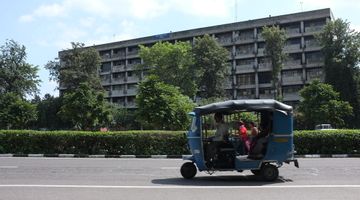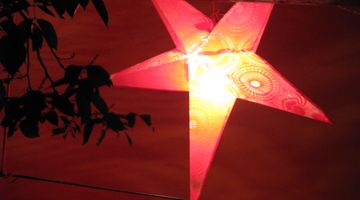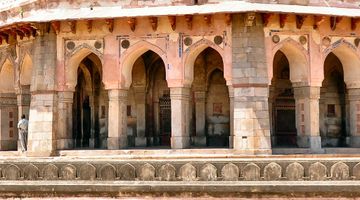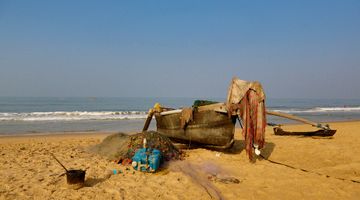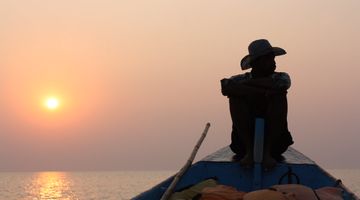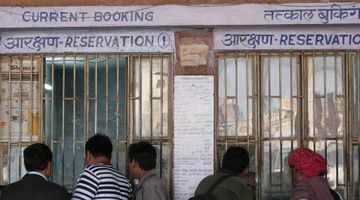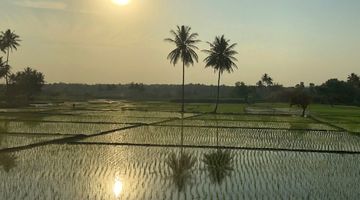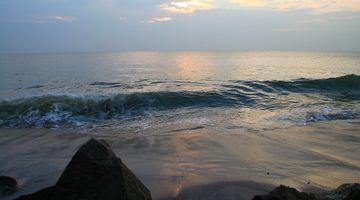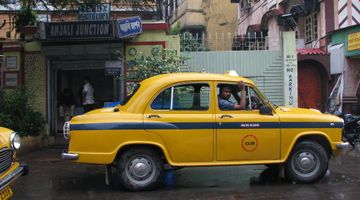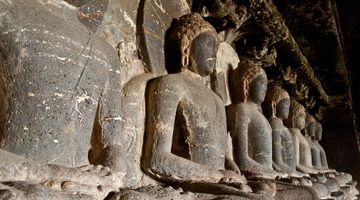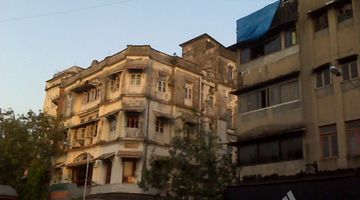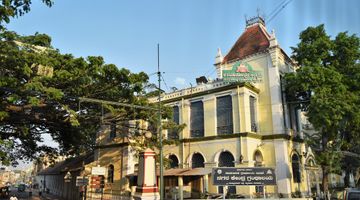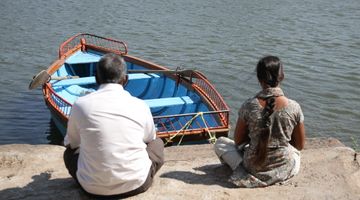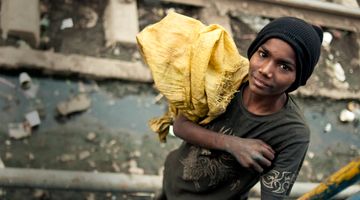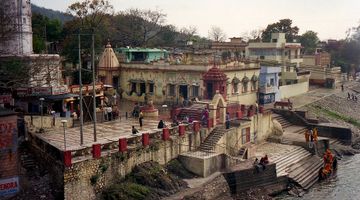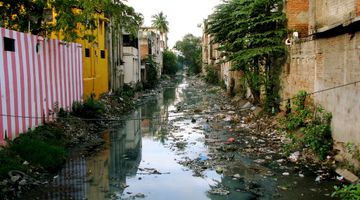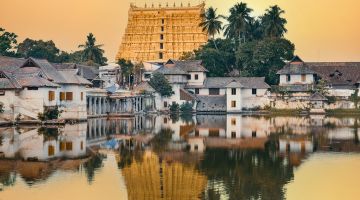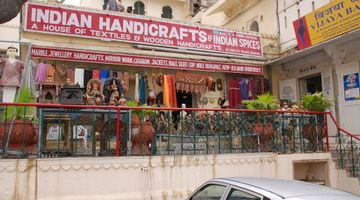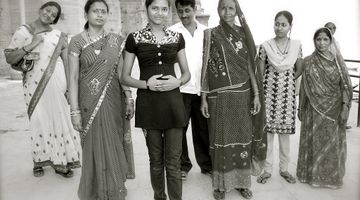Pune India – Your Quick Travel Guide
In a nutshell
Situated in the third largest state in India, Pune is one of the gems of Maharashtra. It is the second largest city in the state, after Mumbai, and has come to be known as a distinctly cosmopolitan one.
Why go to Pune
Nowadays, Pune is famous for its uber-modern yoga schools, glitzy hotels, towering skyscrapers, large scale shopping malls and its lively atmosphere centred around eating-out and evening entertainment.
Once a bastion of small-town tradition and an army outpost, Pune has gradually developed into a thriving hub of business, academia, commerce and big-city attractions bolstered by its gregarious and cheerful population.
Yet despite its considerable industrialization Pune retains its small-town charm by continuing to honour Marathi culture and customs by means of traditional dance, theatre and music performances. If you’ve never heard of Pune itself, you may well have heard of the Osho International Meditation Resort (an ashram of late guru Bhagwan Shree Rajneesh) which is one of the top key international tourist attractions, where many travel to seek spiritual growth and enlightenment.
Pune is also the ideal base from which to visit the famous Ashtavinayakas (eight Lord Ganesha temples dotted around Maharashtra). Not only that the city offers the perfect gateway for nature lovers, with nearby Sinhagad Fort, Lavasa, Lonavala and Mahabaleshwar. A stone’s throw away from the railway station lies Mahatma Gandhi Road, the main street adjacent a Square, where you will find numerous shops, retailers, restaurants, cafes, merchants and banks. Southwest from there are numerous traditional bazaars, markets and local chai shops, always proffering a hearty local welcome.
When to go to Pune
The best time to visit Pune is during the winter season, commencing from early November up to late February and early March when the weather is at its best. The summers in Pune are very hot and the monsoon is very humid, which is characteristic of Maharashtra.
Where to stay in Pune
Most of the accommodation in Pune is to be found around the train station and Koregaon Park, a district south of the Mula-Mutha River. There’s a great number of luxury and mid-range hotels in town, as well as family home-stays but prices in Pune are pretty steep. A night at a family home with an attached bathroom, a TV and Wi-Fi will set you back about INR500 per head in a room with three beds.
The National Hotel, opposite Pune’s railway station, housed in a crumbling colonial-era mansion, is an excellent choice if you’re on a budget, with prices starting from around INR700. It’s a no thrills option, with basic facilities, amiable staff and hot water as well as extra blankets available upon request.
If, however, you are looking to splash out head for Westin, a luxury business hotel on the fringes of Koregaon Park renowned for its impeccable service and gorgeous rooms with riverside views. It has a restaurant, a lounge, a nightclub, a spa and banquet facilities.
Where and what to eat in Pune
Pune is a great place for foodies, particularly those with an adventurous palate. There is a great choice of eateries dotted around the city, offering a very wide range of cuisine.
If you’re after something authentic, we recommend you try some traditional Southeast Asian fare such as sev potato dal puri or pav baji, both of which are regarded as stable dishes in Pune and will be found in most local diners for INR70 and INR50, respectively.
On the other hand, the city also houses a host of restaurants offering modern, international and fusion cuisine. If you happen to be a fan of Italian, we recommend you try something off Dario’s menu. The torta bombardino and homemade gnocchi are delicious. Around Koregaon Park, you will also find plenty of places offering beer and sizzlers, organic salads, juices, shakes, pastry specialities and some genuinely unique dishes such as chicken cubes in cranberry sauce and deep-fried cheese croquettes.
How to get around Pune
Despite being the second largest city in Maharashtra, Pune is pretty easy to get around with plenty of transport options and a majority of its attractions and amenities situated around the centre.
Pune’s Municipal Transport (PMT) city buses connect most of the districts in the city, making it relatively easy to get from Koregaon Park to Swargate, Deccan, Shivaji Nagar, Kathrud, Hadapsar and other tourist hot-spots.
Rickshaws are also widely available and are an easy and convenient option to travel, especially if you wish to make a few stops along the way. A rickshaw ride from the train station to Koregaon Park, for example, will cost you around INR80. But bargain hard as most rickshaw drivers will up the price for tourists.
Pune’s airport is about 5 miles Northeast of the city, and a rickshaw ride into town will set you back about INR150, while a taxi will charge around INR350.
If you’re interested in renting a motorbike you will find a few places in Koregaon Park that have this service on offer. The cost varies from INR350 to INR400, and you will have to pay for your own petrol.
Additionally, do make use of your hotel staff and ask about the best way to get around the city as they’ll be only too happy to help.
How to get to and from Pune
By air
The city’s airport has regular, daily flights to Delhi (around INR3000), Bangalore (around INR 2500), Chennai (around INR2000), Kolkata (around INR4000) and Goa (around INR3500). All these are offered by local budget airlines such as SpiceJet, Kingfisher, Jet Airways and IndiGo so if you book ahead or on the day you may get a great deal.
By train
Pune is an important crossroads for Central and South Central railways with connections to many parts of the state and surrounding cities, including Mumbai, Goa, Hyderabad, Delhi, Bangalore, Chennai and Jaipur. Some of the aforementioned destinations are among the most popular and have express trains that will get you there without stopping at every local station.
A train to Mumbai, for example, will take about 3.5 hours and will cost you around INR300; a train to Chennai or Delhi will take 20 and 27 hours respectively and will cost approximately INR15000.
Train prices vary according to class of carriage and destination, but always remember to buy your tickets from the station, your hotel or an officiated travel agent.
By bus
There are also three bus stands in Pune, the one beside the train station heads for Mumbai, Goa, Belgaum, Kolhapur, Mahabaleshwar and Lonavla. The Shivajit Nagar stand travels to Aurangabad, Ahmedabad and Nasik; and Swargate bus stand runs buses to Sinhagad, Bangalore and Mangalore.
Getting out of the city is both easy and relatively inexpensive with deluxe buses from the train station heading out to various destinations almost every hour. A bus to Mumbai, for example, will cost you around INR300 while one to Goa will set you back around INR450.
By taxi
Taxis link Pune with Mumbai airport around the clock and can be shared by up to four passengers. The cost per head will be around INR500. If you are travelling to any other long-distance destination, we recommend you book a taxi via your hotel or an official taxi stand to ensure a safe and cost-effective journey.
Is Pune a safe place to visit?
As with any major city in India, it is advisable to keep your wits about you when out and about. So do keep an eye on your handbags, cameras, and other belonging. Pickpockets do operate in tourist areas, but on the whole, Pune is both a beautiful and safe city for both male and female travellers with plenty of medical centres and police officials around should anything go wrong.
